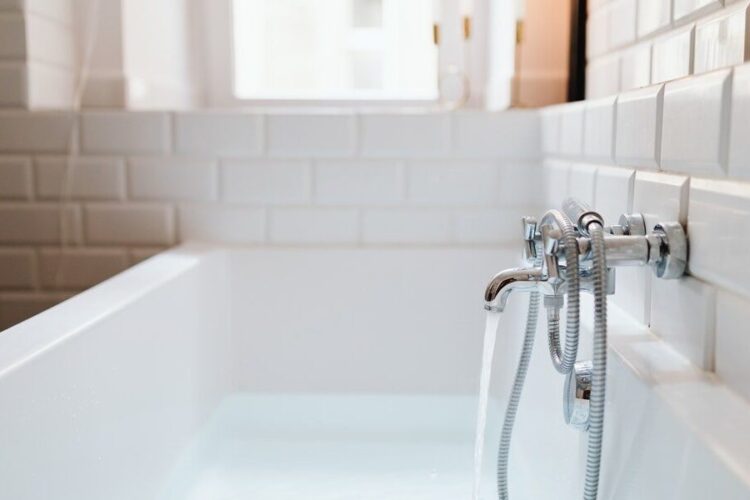The plumbing industry over the past century has evolved from simple piping systems to complex and efficient designs. They technology continues to advance, plumbers on the latest trends and innovations to provide the best possible service. The biggest trends in plumbing are the integration of smart technology and the “Internet of Things.” From smart water heaters to leak detection systems, networked plumbing fixtures allow for greater monitoring, efficiency, and troubleshooting capabilities. For example, a smart water heater is controlled remotely via smartphone, optimizing energy use based on occupants’ schedules. Additionally, sensors in piping identify leaks early and even shut off water to prevent extensive damage. As smart tech becomes more affordable, expect to see it implemented in both residential and commercial plumbing.
Water efficiency
It concerns over water scarcity increasing, efficiency is crucial. Low-flow plumber Eastern Suburbs fixtures that use less water, like faucets, showerheads, and toilets, are now commonplace. But even more advanced technology is being developed, like recirculating hot water pumps that reduce wasteful water going down the drain while waiting for it to get hot. Plumbers advise on the best water-saving options for each customer’s home or business.
Trenchless pipe repair
Traditional pipe repair and replacement involves extensive excavation of lawns, landscaping, or flooring – resulting in disruption and high costs. Trenchless techniques are a ground-breaking innovation that allows for accessing and repairing pipes through small holes, eliminating the need to dig trenches. From pipe relining to pipe bursting, plumbers now have tools that are less invasive, more sustainable, and cost-effective for customers. Expertise in trenchless methods is a key emerging skill set.
Advanced materials
Lighter, more durable piping is replacing traditional materials like galvanized steel and cast iron. Cross-linked polyethylene (PEX) is flexible, corrosion-resistant plastic tubing that is easy to install and suitable for many residential and commercial applications. Ductile iron contains corrosion-resistant alloy and is physically stronger than older cast iron. Plumbers must continually train to work with new pipe materials that are rapidly gaining favor.
3d printing
Industrial 3D printing has progressed beyond prototyping to allow the fabrication of real plumbing components. Custom plastic fittings and joints are printed based on specifications to fulfill exact requirements. While still an emerging and expensive technology, 3D printing could potentially aid faster repairs, custom plumbing solutions, and lower parts production waste. Plumbers able to leverage 3D printing will be able to prepare for the future.
Robotics
Plumbing automation powered by robotics may sound futuristic, but it’s already here. Robotic mechanisms speed up the cleaning and inspection of sewer pipes. Robots have that autonomously solder joints, manipulate pipes, and even carry out basic installation tasks – freeing up plumbers for more complex work. While not yet commonplace, robotics will become more affordable and feasible over time.
Alternative water sources
As environmental concerns grow, there is a movement towards utilizing alternative water sources. Rainwater harvesting systems are being used to capture runoff for non-potable uses like irrigation and flushing toilets. Grey water reuses systems to filter and disinfect gently used water from sinks, showers, etc. to reuse onsite. Plumbers knowledgeable in the intricacies of these systems will be highly valuable.


